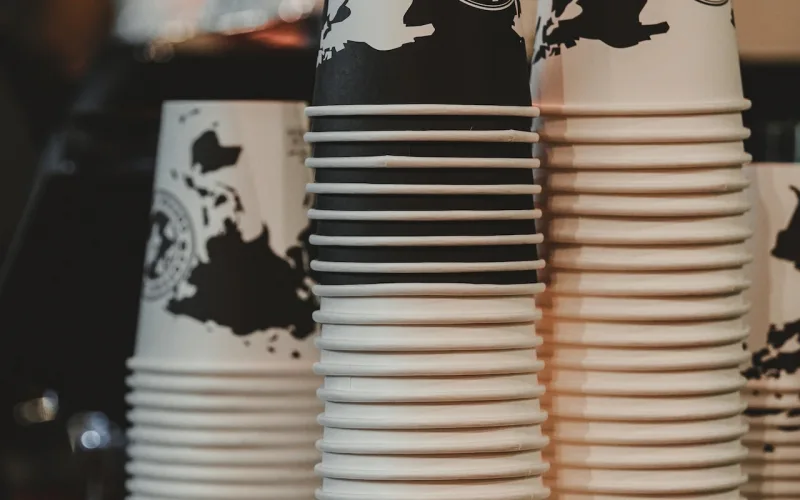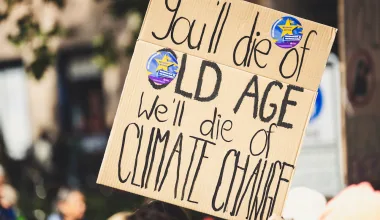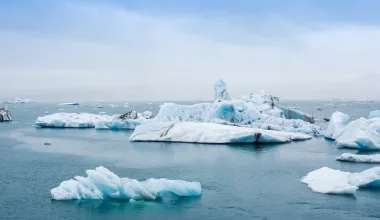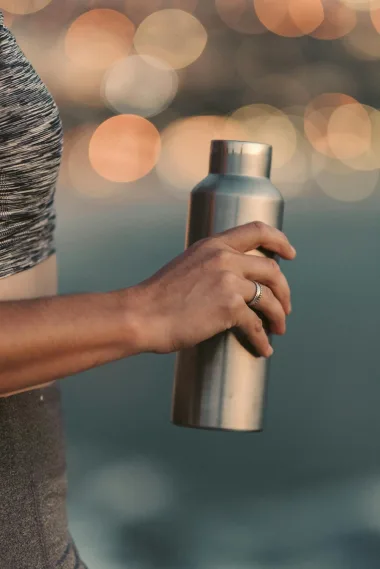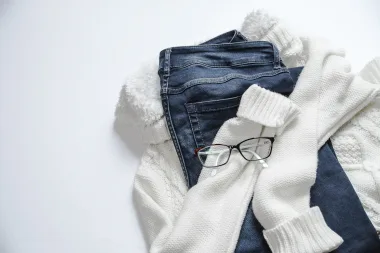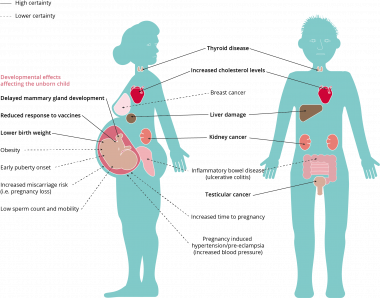Last Updated on March 16, 2024 by Ecologica Life
So, you have prepared your picnic with paper cups rather than plastic ones. Very eco-friendly, or so you think. Recent research shows that paper cups and straws may also be toxic to the environment and even to us.
It seems that no matter how hard we try to do good for the planet, we just can’t catch a break. Is there a way we can just have a picnic without polluting?
In this article we will explore the problems with paper cups and straws, how they affect the environment and us, and finally, and whether there is a way to have an eco-friendly picnic.
Table of Contents
Why We Need to Reduce Plastic

As many of you know, plastic pollution is currently a global catastrophe. I don’t use those words lightly, and I certainly don’t like fearmongering. I personally believe that plastic pollution is one of the biggest problems that we need to solve in the 21st century. Perhaps even more so than climate change.
Oceanic plastic is currently choking our oceans and aquatic species. Plastic has also been found in farm animal feed.
But that is probably not the most worrying part. Plastic degrades into microplastics and nanoplastics. These tiny plastic particles have been found in the bloodstreams of humans.
Nanoplastics may be able to cross the blood-brain barrier. We have no idea what interactions these plastic particles are having in our bodies. We have no idea what the downstream health effects are either.
It is therefore crucial that we limit the amount of plastic we use. The less plastic we use, the less plastic pollution there will be.
It may sound difficult, but plastic is an invention of the last century. Life has survived for billions of years without plastic, and our ancestors survived for hundreds of thousands of years without it.
To this end, many people have already switched to plastic alternatives where possible. Glass lunch boxes, glass water bottles and paper straws. Unfortunately, paper straws and cups are not what they seem. There is something intuitively wrong with paper cups that we seem to forget.
Stop Drinking Tea from Teabags! They Have Plastic
Recycled Plastic Bottles Are a Health Hazard
Millions of Microplastics Leak from Baby Bottles
The Paper Straw Myth
The problem with paper is that it dissolves. Paper is not capable of holding liquid or grease.
The paper coffee cup you are holding in your hand is a myth. It is a paper cup that has been lined with a very thin layer of plastic, specifically polylactic acid (PLA). PLA is a type of bioplastic. Bioplastics have a number of problems and they are not as biodegradable as you might think.
Okay, so what? The cup is lined with a small layer of plastic. It’s still better than a plastic cup right? It is safe to drink from this paper cup after all…
Are Disposable Paper Cups Safe?
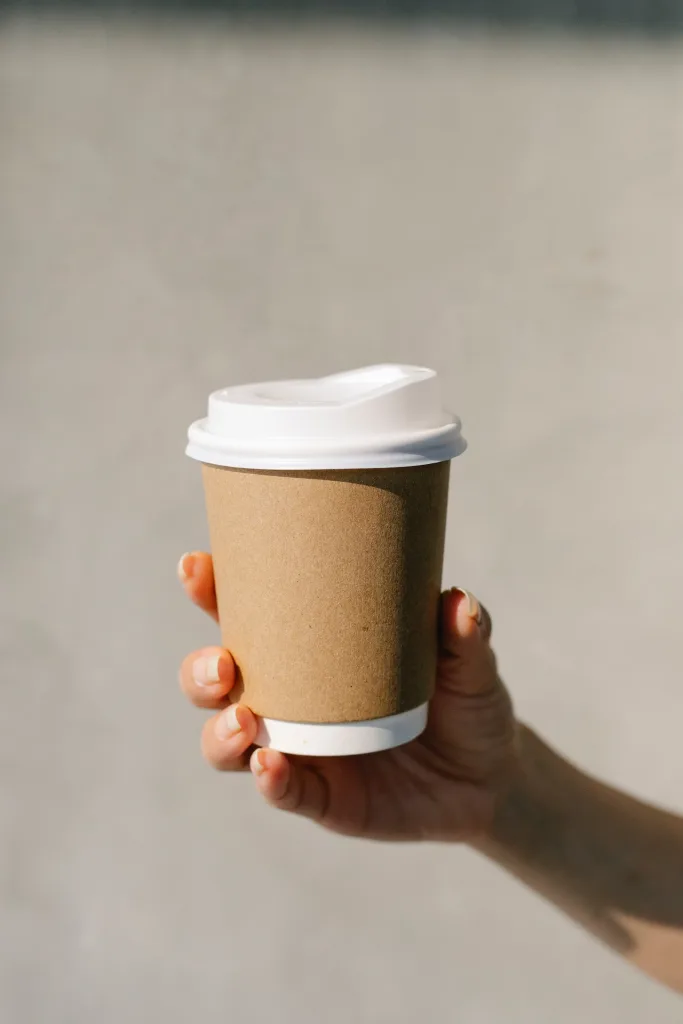
Researchers at the University of Gothenburg have shown the effects of single-use plastic and paper cups on butterfly mosquito larvae. The research showed that both paper and plastic cups negatively affected the growth of mosquito larvae.
“Bioplastics does not break down effectively when they end up in the environment, in water. There may be a risk that the plastic remains in nature and resulting microplastics can be ingested by animals and humans, just as other plastics do. Bioplastics contain at least as many chemicals as conventional plastic.” says Bethanie Carney Almroth, Professor of Environmental Science, University of Gothenburg.
“Some chemicals in plastics are known to be toxic, others we lack knowledge about. Paper packaging also presents a potential health hazard compared to other materials, and it’s becoming more common. We are exposed to the plastics and the associated chemicals via contact with food.”
Both paper and plastic cups can release microplastics, especially when exposed to heat. Think of your coffee cup, or your plastic microwavable Tupperware. They can all release microplastics. We don’t know what effect they have on our health, but their ubiquitous presence in the environment is a cause for concern.
Are There Any Alternatives?
If you weren’t aware of the problems with paper cups. You may now be feeling a little bit frustrated. You bought the paper cup in good faith, hoping to do something better for the planet. Now you learn that these cups and straws may be toxic to you and the environment.
Can’t we catch a break? Are there any alternatives that are not toxic to you and the environment?
To find non-toxic alternatives, we only need to look at our history. We have been using materials such as porcelain and glass as food and drinks containers for millennia. These are tried and tested materials that truly are degradable and don’t pollute.
The key therefore is to change our habits. This disposable lifestyle that we are now so used to was not the norm until recently. Ask for a mug or bring your own and sit down with it. Why are we always in such a hurry anyway?
What about the picnic we mentioned at the beginning of the article? Would it be so inconvenient to bring porcelain plates? Sure, you would have to wash them after, but isn’t that better than risking your health and nature?
Wrap your food in glass containers or natural beeswax wraps. We use them ourselves, so we know how great they are (no, this isn’t an affiliate link).
Consider the economic benefit too. Bringing your own coffee mug, or not buying disposable plates will save you money in the long run.
The Future of Plastic Materials
According to the International Coffee Organisation, around 600 billion cups of coffee are consumed each year. Global negotiations are currently taking place at the United Nations. These negotiations aim to establish a binding agreement to end the proliferation of plastics in the human and natural world.
We are fortunate enough to have scientists like Professor Bethanie Carney Almroth, who is on the council of SCEPT – Scientists Coalition for an Effective Plastics Treaty. SCEPT brings scientific data to these negotiations. They are advocating for the swift elimination of plastics that are unnecessary or harmful. What’s more, they are trying to ensure that one bad product is not replaced by another bad one.
Europe’s Zero Pollution Plan: In Progress
Consumption by Country
In 2018, the UK, Germany, and France had the highest consumption of paper plates and cups in the EU. The UK consumed 111,000 tonnes, Germany consumed 71,000 tonnes, and France consumed 36,000 tonnes. Together, these three countries accounted for 51% of the EU’s total consumption in 2018.
Call to Action
We encourage you reading this article to share it. The more awareness we can raise about the problems posed by plastics, the sooner we can find solutions.
We also encourage you to let others in your close circle know. Take action in your daily life wherever and whenever you can.
Most importantly, we would like to thank you, our dedicated audience. It is you who drive us at Ecologica.life to do what we do. As always, we are committed to the truth and to sharing that truth with the world. Don’t forget to be true to yourself.
